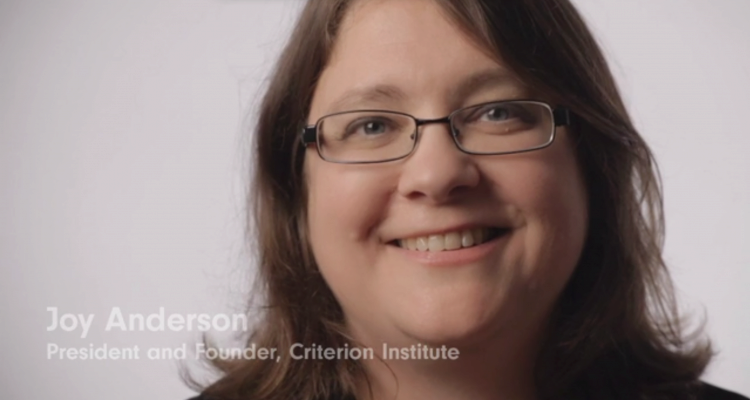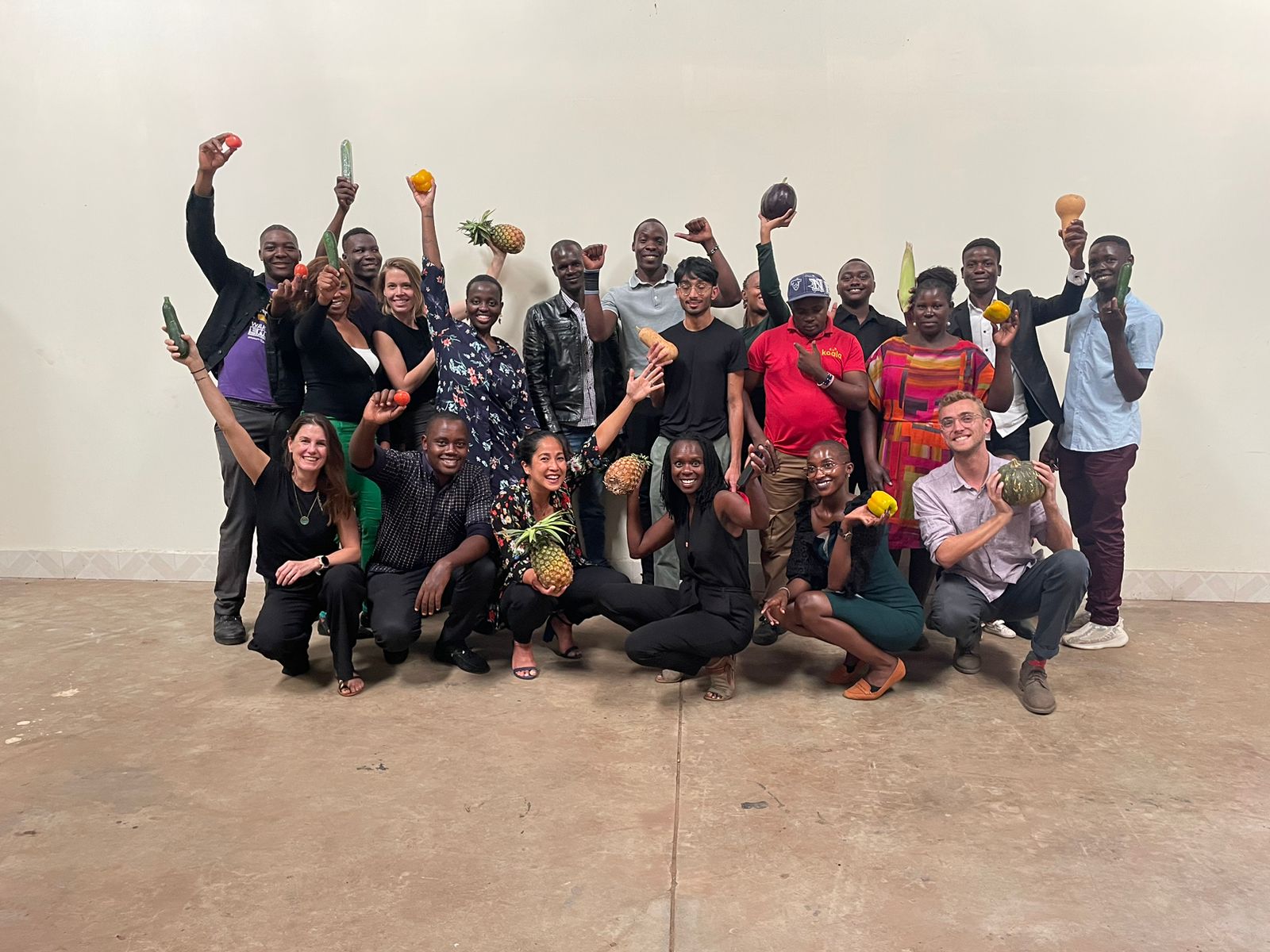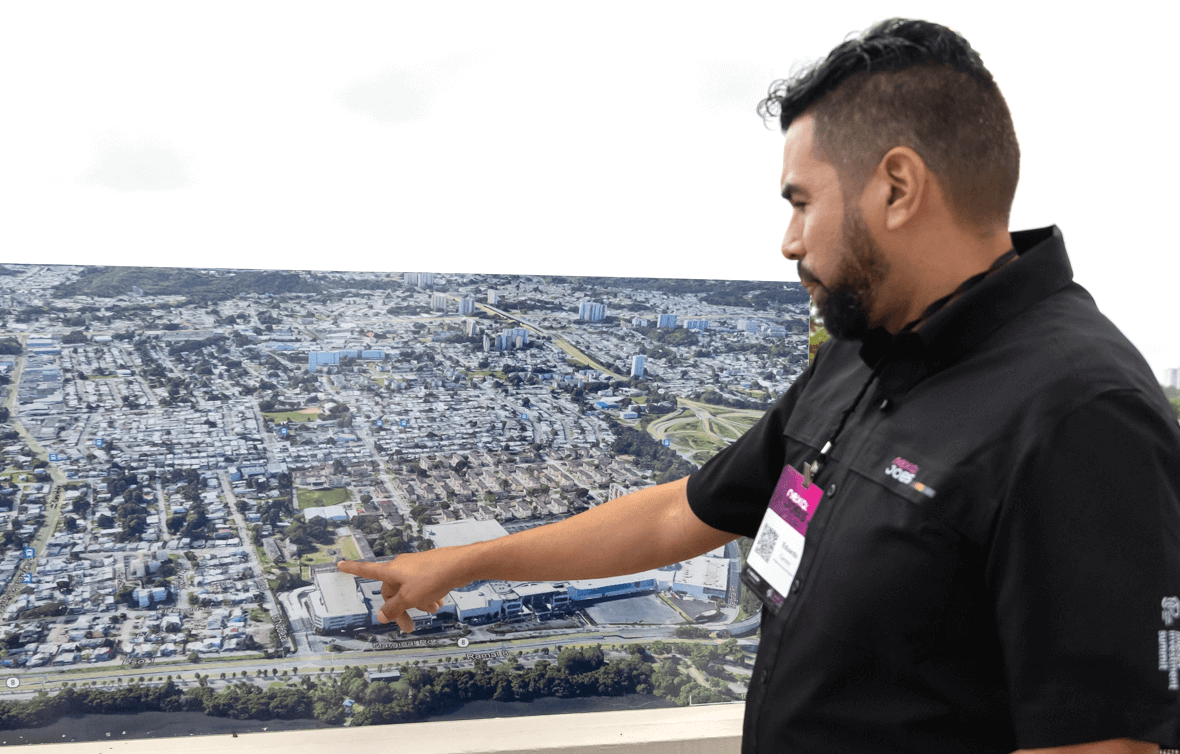Power is the thread that connects the surge in gender-based violence during the COVID crisis with violence against people of color, including by police officers.
“Power is the issue: inequity and structural inequities that affect people in all sorts of different ways,” Criterion Institute’s Joy Anderson said in an interview on ImpactAlpha’s Returns on Investment podcast, recorded just as recent protests against racial injustice got underway. “There are so many ways the system works actively to screw people over. It’s got a lot of options for who it’s looking to mess with.”
Anderson, one of the pioneers of gender lens investing, says gender and other power imbalances have been laid bare by the COVID-19 pandemic. “Emergencies are gendered. That’s the reality,” she says. The dramatic rise in domestic violence represents a pandemic within the pandemic.
Just as Anderson puts a gender lens on finance, she puts a finance lens on gender. The view that emerges is that gender-based violence represents both a material risk for companies, and a systemic risk for all investors.
The hospitality industry, for example, which has been hit particularly hard by COVID-related shutdowns, also has particularly high incidences of gender-based violence. So does agriculture. And as many companies shift work from offices to home, domestic violence is becoming a workplace issue that companies have to address. Overall, an estimated one in three women experience gender-based violence in their lifetime.
“That’s material to every investor,” she says. “That’s material to every business. The question is, how do you figure out how it’s material?”
Using tools of finance to address domestic violence against women in the Pacific
One answer is with a new tool developed by Criterion Institute and UNICEF to guide investors through their due diligence for gender-based material risks. “Mitigating the risks of gender-based violence” walks investors through assessments of political, regulatory, operational and reputational risk, at the country, industry and company levels. The report concludes with considerations for both investment term sheets and post-investment monitoring and support.
“As we’re looking to rebuild industries, is there a way to rebuild it stronger?” Anderson asks. She is helping develop an alternative index of leading indicators to chart the recovery. Success rates of enterprises led by African-American women is one such indicator of progress. So might signals of who is getting re-employed the fastest – jobs held primarily by men tend to rebound faster, Anderson says. How is capital flowing and to whom?
“We’ve often bemoaned that women tend not to build high growth companies that can take in venture capital. They tend to build normal-growth businesses that are much more resilient,” she says. “If we are simply moving our capital to prop up growth, we’re not investing in resilience.”
By women, for women: The new economics of menstrual pads in Africa
A gender lens might lead one to an analysis of power and that might lead one to restructure the vehicles and institutions of finance, I suggested, trying to connect the dots. And that might reshape the recovery we get and the economy of the future.
“Investing is about having a picture of the future and making a bet. I don’t know how people invest if they don’t fundamentally have hope,” Anderson said. “As power gets concentrated in the hands of the people who have the power to finance the recovery, the question right now is, ‘What is the hope they are making a bet on?’”
Catch up on all of ImpactAlpha’s podcasts, including our weekly Impact Briefing.











